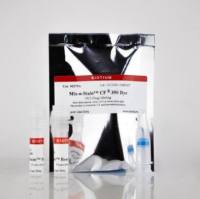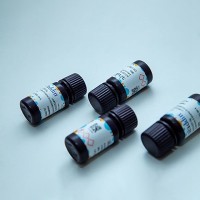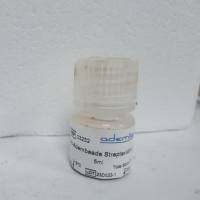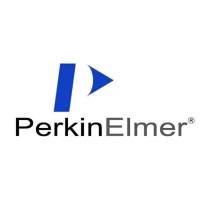Covalent and Noncovalent Labeling Schemes for Near-Infrared Dyes in Capillary Electrophoresis Protein Applications
互联网
768
Capillary electrophoresis (CE) is experiencing increased use in the field of separation science. Part of its growing popularity of capillary electrophoresis can be attributed to the high efficiency of the separations achievable with the technique, making it an attractive tool for bioanalytical applications. Laser-induced fluorescence (LIF) is a common detection method for CE. One of the problems frequently experienced when using visible LIF detection is matrix autofluorescence which has the effect of degrading the overall sensitivity of the technique. However, the use of near-infrared (NIR) laser induced fluorescence nearly eliminates matrix autofluorescence, as very few molecules have intrinsic fluorescence in this region. This chapter describes the use of covalent and noncovalent labeling schemes for tagging biomolecules with near infrared dyes. To fully appreciate the advantages that the NIR LIF technique can supply, we also review applications that employ detection schemes other than NIR LIF. Specific applications to be discussed include drug-protein studies by CE, as well as capillary electrophoretic immunoassays.









